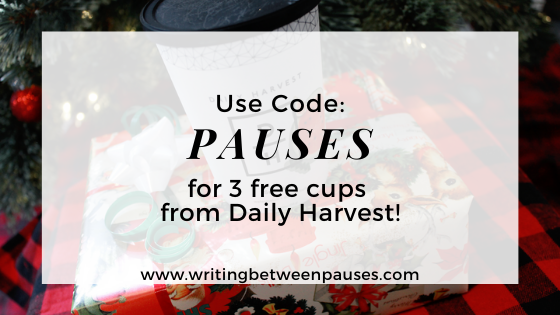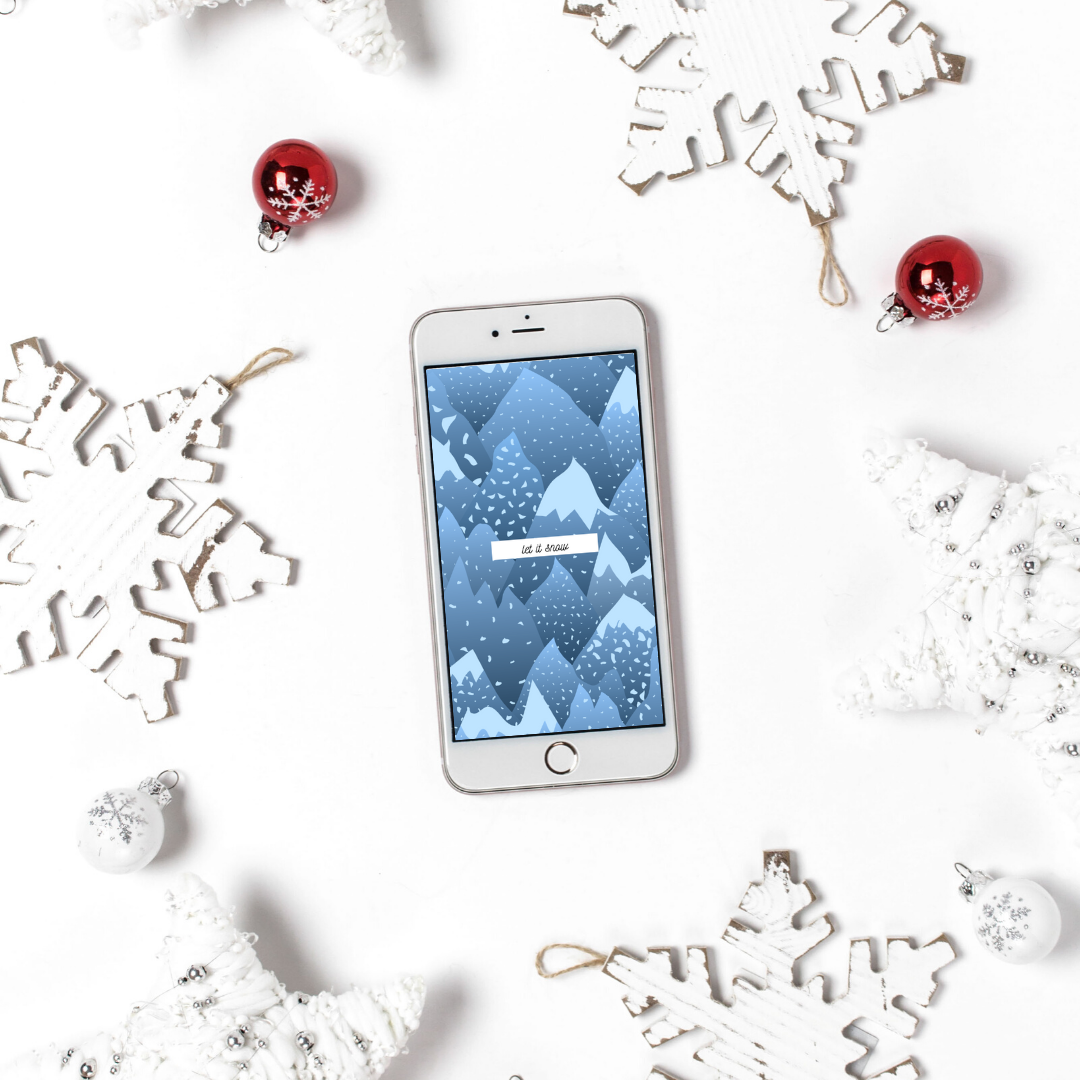Preparing for Thanksgiving, whether you are hosting yourself, getting ready to travel to family, or just doing a Friendsgiving, always feels like a huge task. Thanksgiving is a big deal for a lot of people. As much as I love Christmas, I hold a special place in my heart for Thanksgiving—and everything that comes with it. I love Thanksgiving food; I love picking Thanksgiving outfits; and I love getting to spend time with family members I don’t get to see as often as I like.
That being said, Thanksgiving can be super stressful. If you’re traveling, you have a million and 1 things to remember; add in kids and it becomes easily 5 million and 10 things to remember. If you run your own business, if you are working full time, if you’re pregnant… stress on top of stress on top of possible toxic family relationships that can leave us exhausted and needing TLC… instead of refreshed.
This year, I want you to promise me that you will make sure to treat yourself with kindness and love at Thanksgiving. It can be a time of stress for lots of people, along with a disruption in routine. If you’re feeling low, make sure to treat yourself to some self-care and self-soothing activities so you can be rested and recharged.
1. Stock up on supplies in advance
Know you’re going to need like 5 bags of potatoes for your world famous mashed potatoes? Buy them now! Or buy 1 bag per week until you’ve got enough.
Know you’re going to need special activities for your toddler for a flight? Buy them now!
Get what you know you’ll need in advance, before it can 1) sell out or 2) stress you out. The closer we get to Thanksgiving, the more hectic the grocery store will be. I always do my best to avoid grocery stores the week of Thanksgiving; if I urgently need something, I try to replace it with something I do have and I try to have everything I’ll need plenty in advance.
Make a big list of everything you might need and go get it this weekend or during next week.
2. Make a list (and check it twice)
To repeat: make a list. I’ve included at the bottom of this post a PDF of my Thanksgiving checklists I made for myself! I also included some self-care and self-soothing checklists, as well as customizable options if you want to write in your own ideas. Make your lists, keep them close, and find comfort in knowing that, no matter how stressful this season is, you have options to make yourself feel better and reduce that stress.
Here’s a sneak peak of one of these lists:
3. Have self-care in place
For many people, Thanksgiving can bring up reminders of past behaviors that aren’t healthy or happy. Many of us have good Thanksgiving memories, but for me personally, Thanksgiving can be triggering for some of my more negative body-focused behaviors, such as restricting or working out excessively. If this is something you struggle with, make sure you have self-care routines in place to stay healthy. And remember: you can always remove yourself from a situation that makes you feel uncomfortable.
Here are a few suggestions for Thanksgiving self-care:
Make sure to have your medication if you are traveling & take it according to your prescription.
Ask a few friends to be on standby if you need someone to talk to. You can also ask your therapist if they have a phone number you can call if you need extra help or if you can email or text them.
You don’t have to venture into your hometown and respond to every person you remember from your past. It’s ok to walk away.
Practice breathing exercises in advance to calm your heart rate and help yourself stay calm in situations that might trigger you.
4. Add self-soothing to your routine
Self-soothing is a part of self-care. Sometimes, the media mistakes self-soothing routines as self-care, but the truth is, self-care often is unpleasant and doesn’t feel good. Self-care is going to therapy (which can be emotionally exhausting), whereas self-soothing is a behavior you do afterwards to feel better, like journaling, listening to music, or taking a bath.
As Thanksgiving approaches, if you struggle with the season, make sure to not just have your self-care routine in place (for both home and travel), but self-soothing techniques. Here are a few suggestions:
If you’re traveling, take along a book you love to read and make sure you have music or podcasts that make you feel good to listen to.
Have plenty of self-soothing supplies on hand like bubble bath, bath bombs, and scented lotion.
Give yourself time to self-sooth as part of each day of the holiday. Taking 10-15 minutes every evening to do something to sooth yourself will make a huge difference.
Download a sound machine app on your phone for soothing sounds to help you sleep or play while you journal, meditate, or practice breathing exercises.
5. Remember that perfection isn’t necessary
No holiday, no day, will ever be perfect. I think we all know that. If you forget a critical part of the meal, no one is going to really care that much. Just say, “oops, I forgot!” It’s not the end of the world. It’s easier to say that than to live it, I totally get it. That’s why I recommend practicing some deep breathing exercises beforehand.
Here’s a breathing exercise I like:
Breathe in and imagine you are filling a pitcher at your sink. Let it fill all the way to the top.
Breathe out and imagine you are pouring the pitcher of water down the drain. Pour it all the way out.
That one is my favorite because I like to imagine the sound of the water. You can also find lots of great apps on your smartphone that help with breathing and meditation.
Do you feel ready for Thanksgiving? I’m getting excited, but also nervous. If you’re feeling like me, I hope you grab these free checklists—I know I’m already using mine to get ready!































